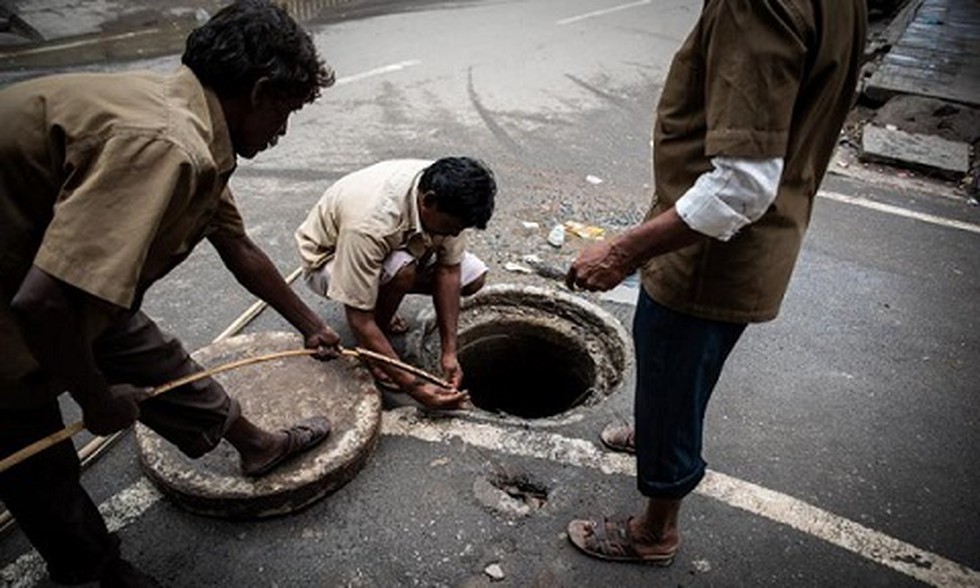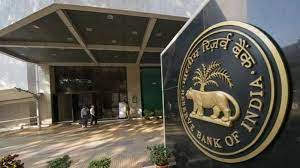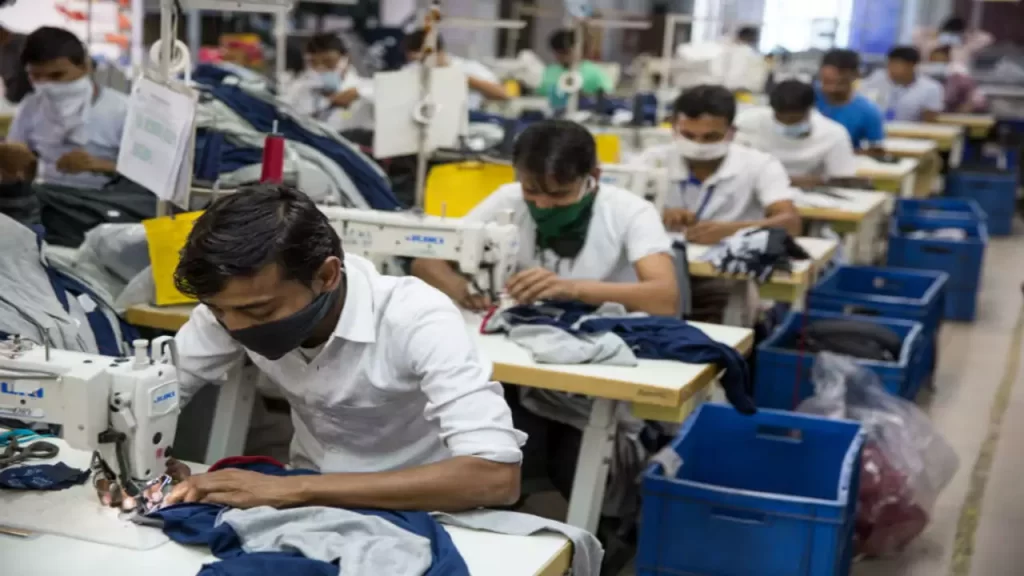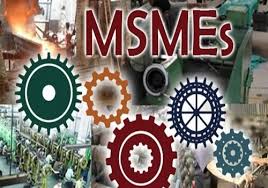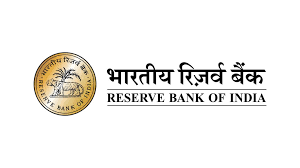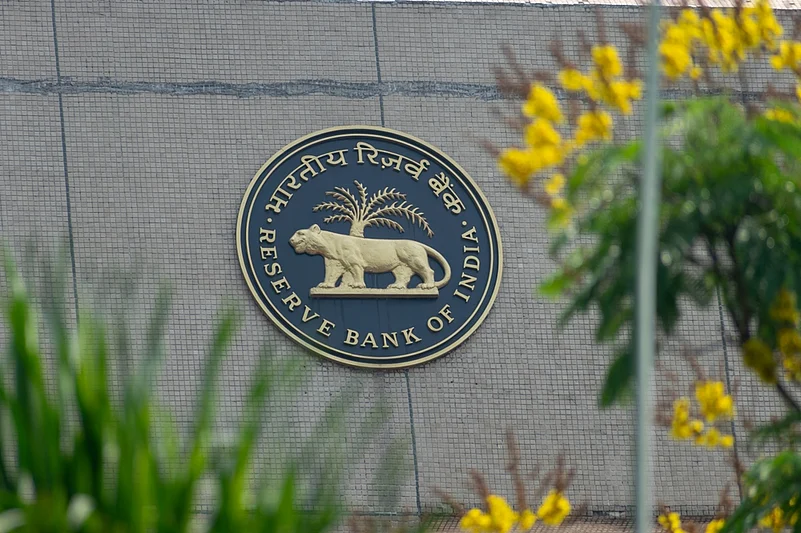NAMASTE Scheme
NAMASTE Scheme: Ensuring Safety and Dignity of Workers engaged in cleaning of Sewer lines and Septic Tank2,367 ULB’s attended the online training sessions on profiling process and demonstration of NAMASTE Mobile App 805 urban local bodies attended the state level NAMASTE profiling to resolve technical queries Profiling of SSWs aims to create a national database […]
